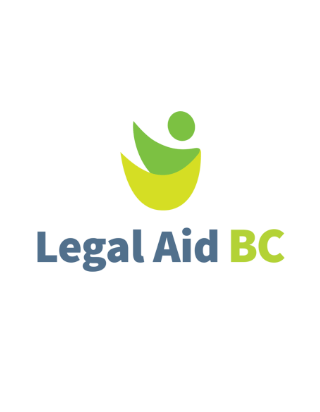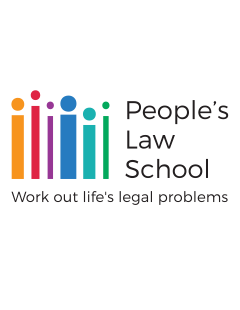
Do Your Own Uncontested Divorce
Legal Aid BC
Online step-by-step guide to getting a divorce in BC if you both agree about how to deal with your parenting, support, and property and debt issues. Includes links to blank forms you’ll need and instructions about filing them at the registry.
Last reviewed March 2024

